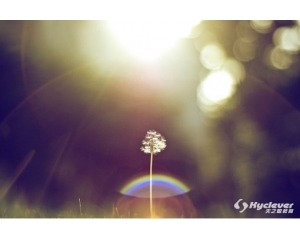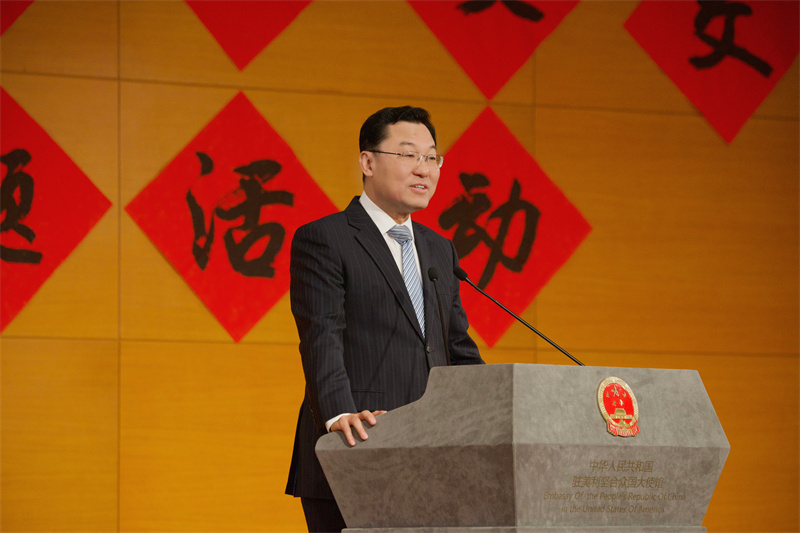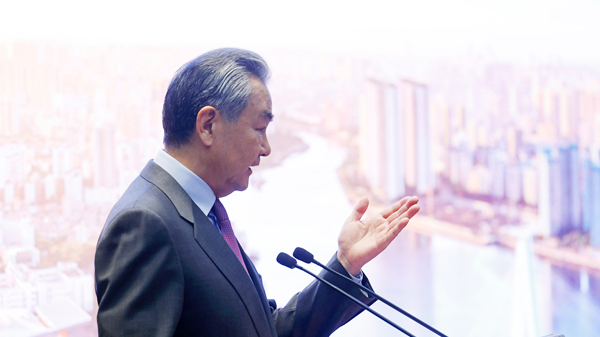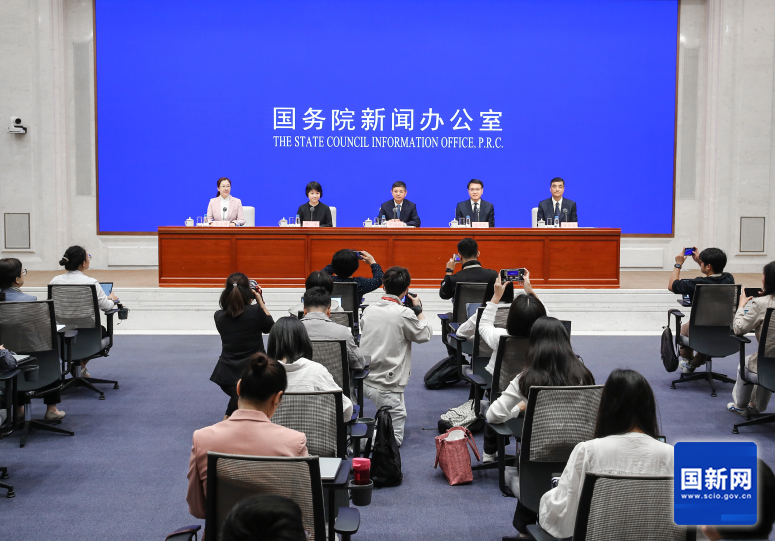CATTI-题库-真题-模拟-课程-直播
 未知
未知
 2012-11-05
2012-11-05
 网络
网络
 1405次
1405次


 点赞(0)
点赞(0)

 收藏
收藏

At this event, you shared your personal stories, and pooled wisdom for a brighter future of China-U.S. youth exchanges. This is much needed today.
驻美使馆 2024-12-10 08:45:41
 收藏资讯
收藏资讯

I’d like to welcome you all to Hangzhou for the Hernán Santa Cruz Dialogue on Economic, Social and Cultural Rights jointly held by the Ministry of Foreign Affairs of China and the Office of the United Nations High Commissioner for Human Rights.
外交部 2024-12-10 08:17:39
 收藏资讯
收藏资讯

国务院新闻办公室于2024年9月25日(星期三)上午10时举行“推动高质量发展”系列主题新闻发布会,请生态环境部部长黄润秋,生态环境部副部长赵英民,生态环境部副部长郭芳,生态环境部副部长、国家核安全局局长董保同出席介绍情况,并答记者问。
国新办 2024-12-09 09:17:09
 收藏资讯
收藏资讯

中国国务院新闻办公室发布《新时代的中国农村公路发展》白皮书,同时举行新闻发布会,向大家介绍和解读白皮书的主要内容。
国新办&CGTN 2024-12-05 09:08:35
 收藏资讯
收藏资讯